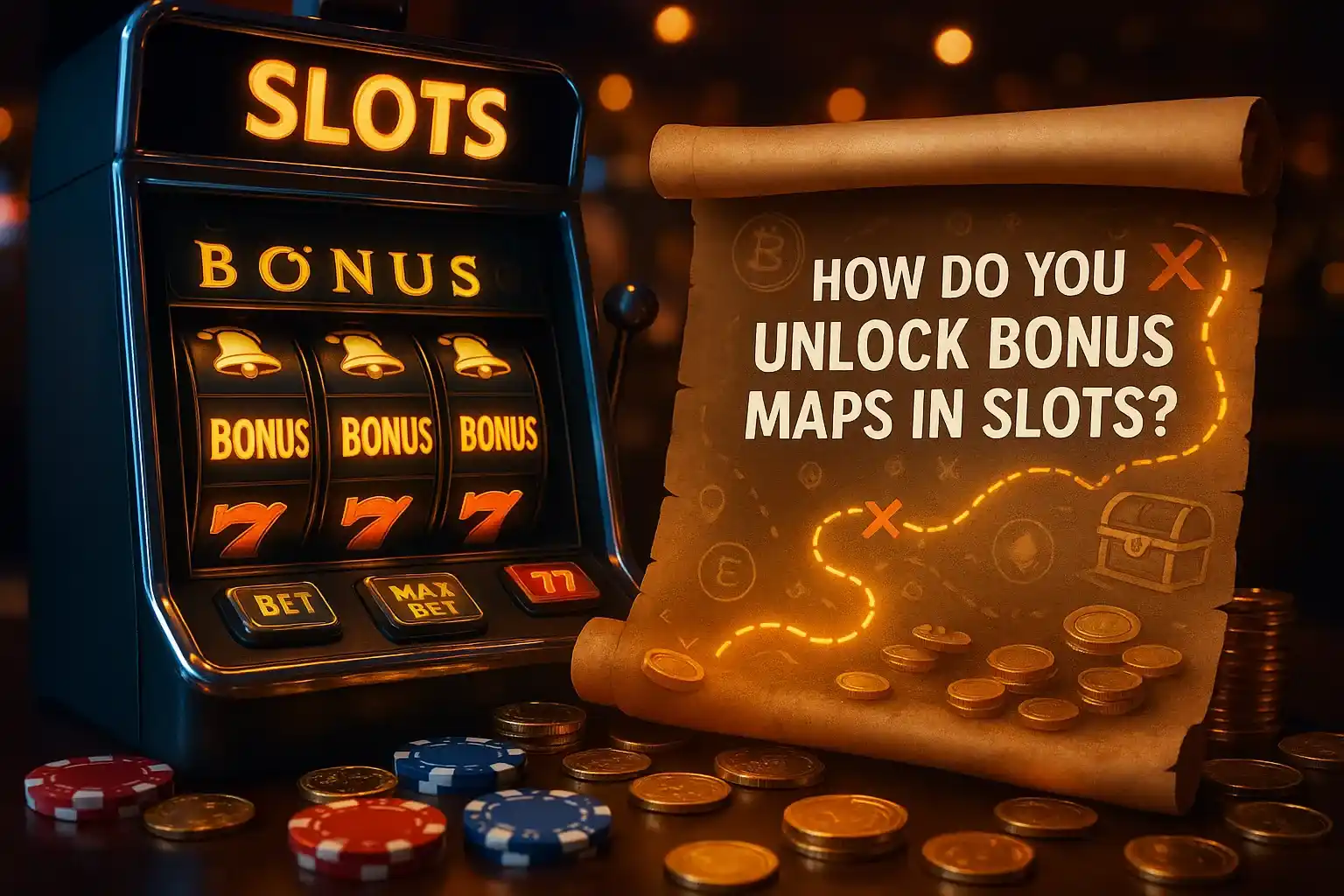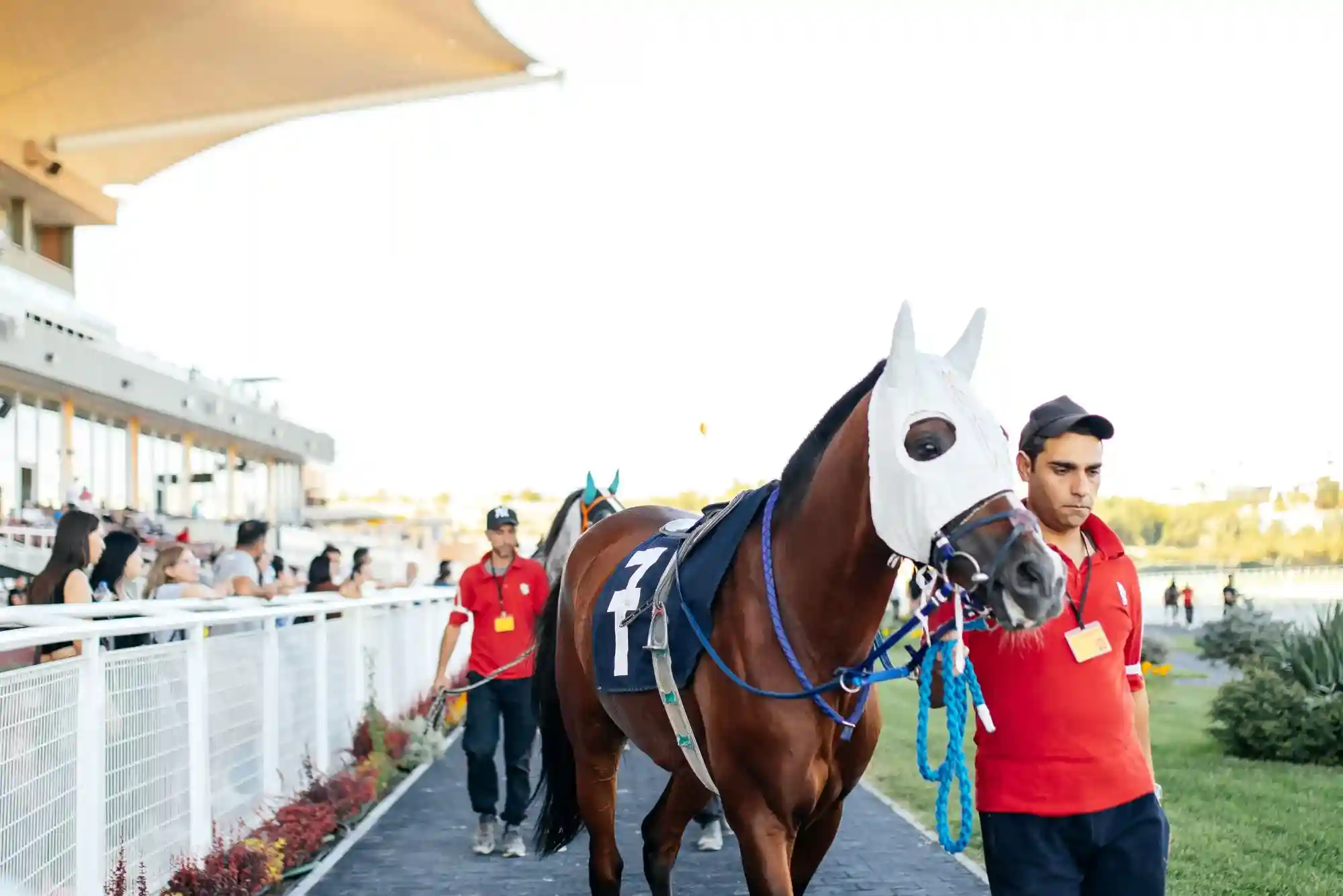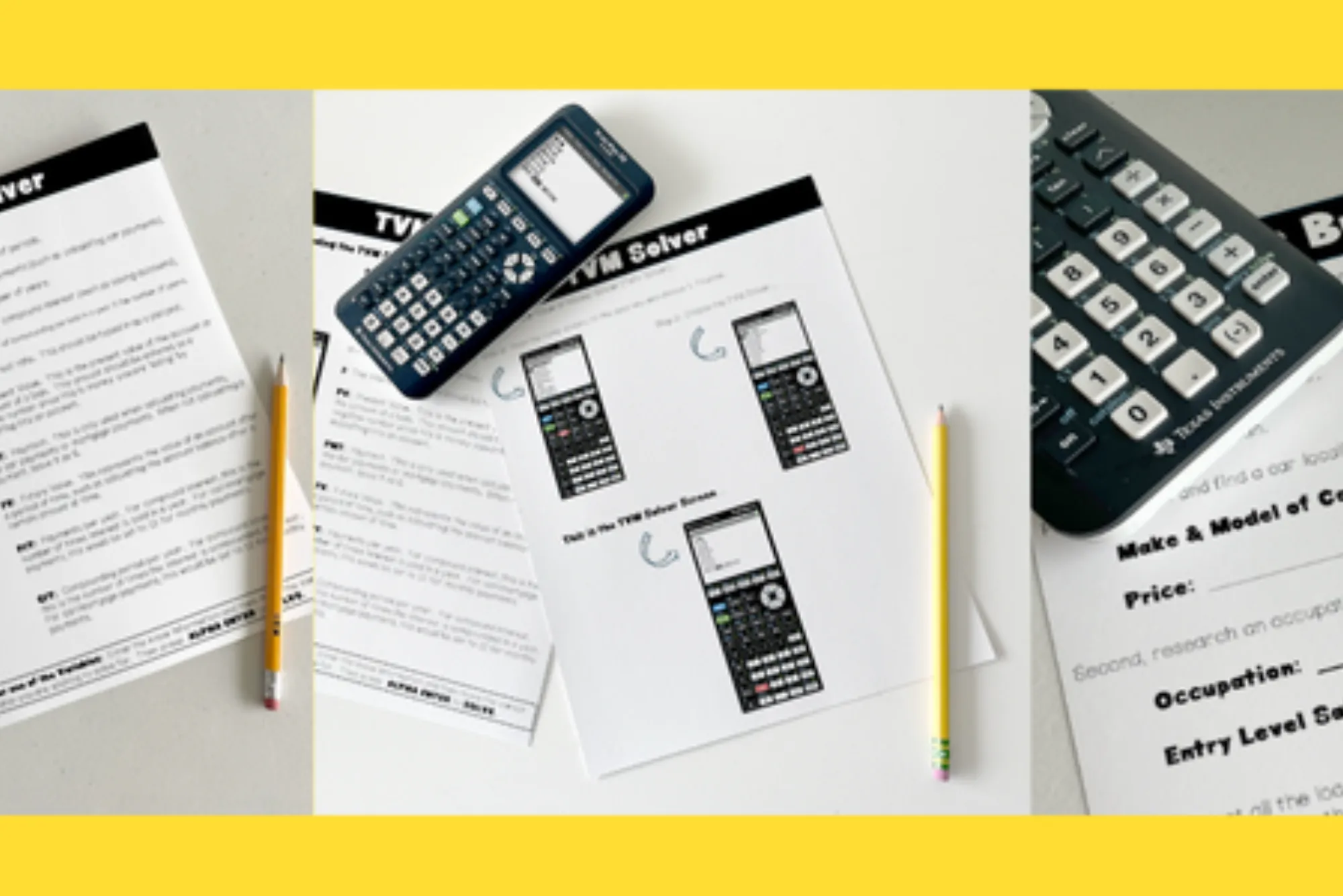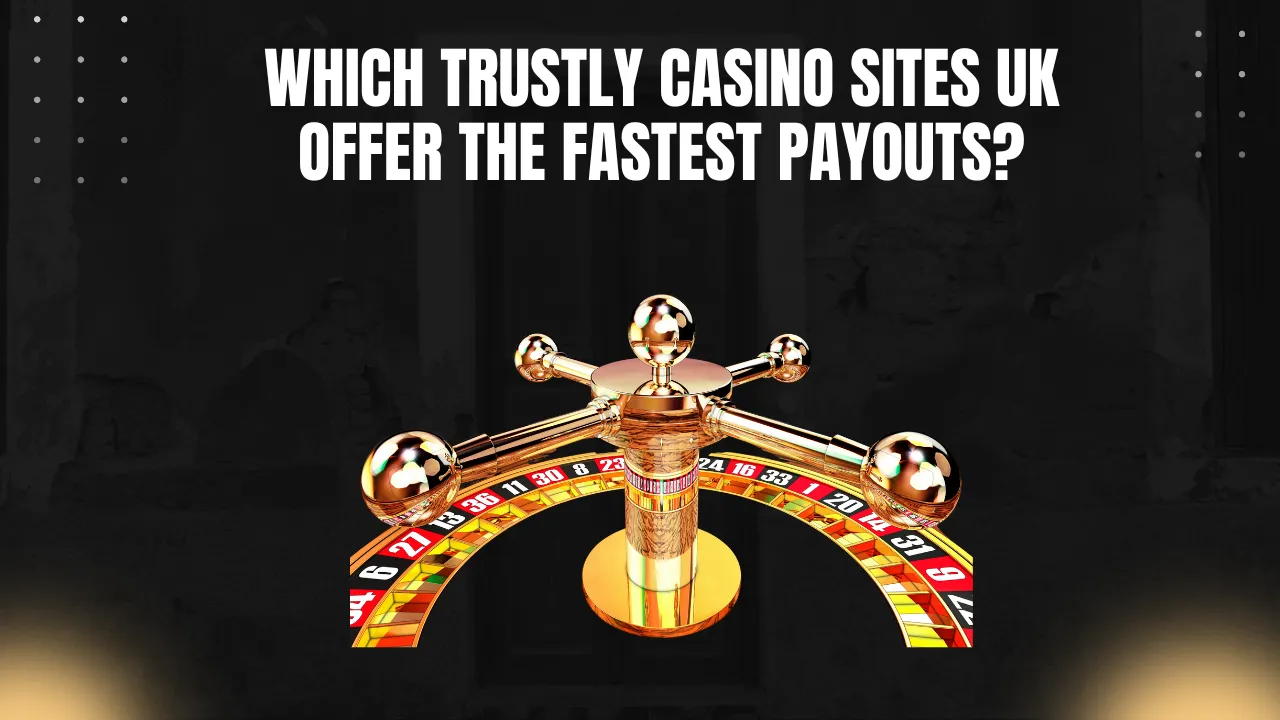If you’ve spent time with modern video slots you’ve probably noticed a growing trend: instead of a single free spins round tacked onto the base game, you now get multi-stage “journeys” laid out like a parchment map or a branching trail. These “bonus maps” promise escalating modifiers, unlockable zones, persistent symbols, or treasure chests that you inch toward over several sessions. Players ask me all the time: is it pure luck, or can you actually influence unlocking those map segments? Let’s unpack the mechanics, the psychology, and some strategy guardrails—based on hands-on experience testing dozens of map-driven titles across regulated platforms.
At its core a bonus map layer is a progression framework visually abstracting what’s really a collection of probability gates, meter thresholds, or token accrual counters. Instead of dumping you straight into a singular feature, the slot stretches engagement over a sequence: collect X artifacts to reveal the next island, reach N scatters to unseal a vault, or land consecutive cascades to push a compass marker forward. The appeal is obvious—persistent forward motion even during otherwise cold spins.
In certain ecosystems—especially operators experimenting with layered loyalty or cross-portfolio missions like betting sites that accept crypto—bonus map design doubles as retention architecture. The map becomes a living dashboard: how far you’ve gone, what modifiers you’ve banked, what remains. Understanding how each segment unlocks lets you evaluate time and bankroll cost against the realistic expected value (EV) of reaching the next node.
What Exactly Is a “Bonus Map” Mechanically?
A bonus map is a meta layer stitched onto the base reel engine. Technically it’s driven by one (or a hybrid) of the following unlock models:
Hidden Counter Model
Every spin rolls a backend RNG event against a fixed (or adaptive) probability of awarding 1–K progress tokens. Tokens fill discrete cells. When the cell array is full, the map advances (e.g., moves you to Zone 2 with an extra multiplier). You see only the visible cells, not the underlying token weight distribution.
Symbol Collection Model
Specific symbols (compasses, scrolls, shards) appear on reels with set hit frequencies. Collected counts persist (sometimes only within a session; higher-end designs persist across logins). After M cumulative collects you open the next map area.
Milestone Chain Model
Sequential goals (win X× bet, trigger Y cascades in one spin series, land scatter on reel 1 and 5) each advance the marker. Some games let failure partially decay progress to elongate engagement.
Mission Hybrid
Weekly or daily missions external to a single slot (e.g., play any three participating titles, total 300 spins) convert into map steps once complete, unifying multiple games into a single adventure layout.
Why Developers Use Map Progression
The map communicates mid-term goals, increasing perceived control and reducing churn after dead spins. Psychologically, filling a trail leverages the “goal gradient” effect—motivation spikes as you near completion. Economically, it smooths volatility: instead of relying solely on rare high-pay bonus triggers, you pepper “micro-rewards” (mini chests, 2× sticky wild preview spins, small coin drops) along the route to sustain dopamine without overspending the bonus budget.
Persistent Versus Session-Bound Progress
One critical distinction: does your map state save after you log out? Persistent progression (e.g., artifact counts stored server-side) lets lower-variance players inch forward safely across many micro-sessions. Session-bound maps reset, increasing urgency (and potential risk of overextending) because abandoning a near-complete stage feels like burning latent value. Always check the info panel: wording such as “Progress resets when feature triggers” or “Collected keys retained until Volcano Level is complete” signals the reset rules. I often snapshot the paytable page before committing deeper bankroll so I can later verify if a “soft reset” (dropping you back a sub-stage but not all the way) is consistent with stated terms.
RNG Fairness: Can You Accelerate Unlocks?
Outside of skill-like pick rounds (which are still probability-weighted), you can’t force map advancement. Bet sizing rarely affects the probability per spin of receiving a progress item (unless explicitly denoted—some titles label “Boost Bet” that increases chance). What scaling your stake does do is change the absolute payout expectation of downstream features (since many chests reward multiples of current bet). Evaluate whether an optional ante/boost adds linear cost versus super-linear progress. Example: a +50% stake that doubles progress hit rate can mathematically reduce average spins-to-unlock by ~50% at a 1.5× cost—a breakeven on raw EV but maybe +EV if reaching deeper tiers unlocks qualitatively stronger modifiers (e.g., persistent expanding wilds rather than one-off multipliers).
Reading the Paytable Like a Designer
Most players skim. I treat it like a design spec:
-
Progress Item Frequency: Sometimes shown as a range (“Average 1 Compass every 25 spins”). If absent, note practical observed sample (track across 200–300 spins; small sample noise is big, but you’ll sense if distribution is heavy-tailed).
-
Tier Payout Scaling: Are early chests purely cosmetic (revealing map art) while later ones inject real RTP weight? If tiers 1–3 pay peanuts and tier 4 holds the volatility payload (e.g., super free spins with global multiplier accumulator), your effective RTP for partial progression could be lower than base game theoretical—value concentrated at the end.
-
Modifier Carryover: Some maps let you bank modifiers (e.g., collect 3 rune fragments; each rune adds +1 starting multiplier to final bonus). Early exit before cashing them wastes latent equity.
Bankroll & Time Budget Strategy
Because map-based slots stretch progression, define a stop horizon upfront: number of base spins or percentage of session bankroll you’ll allocate before evaluating whether to chase the next milestone. Avoid the sunk cost trap: “I’m only two scrolls away; must continue.” Instead, convert distance to expected spins: If empirical rate is 1 scroll per 30 spins and you need 5 more, budget ~150 spins; multiply by average bet and compare to projected incremental EV of the next node (expected bonus value minus house edge on the additional base game spins). When the incremental EV is negative (common if the next reward is a low-value cosmetic reveal), pause.
Adaptive or Dynamic Progression Curves
Some newer designs adjust token drop rates after long droughts (soft pity timers) or subtly reduce frequency when you streak early (budget smoothing). You’ll sense this when early progress feels “fast” then mid-map slows conspicuously. While proprietary details aren’t public, operators must still meet declared RTP, so adaptive pacing redistributes—not adds—value. Don’t mistake early velocity for proof you should up bet size; the curve can normalize later.
Multiplier Ecosystems and Stacking
Advanced maps layer stackable boosts: e.g., collect relics to raise a global multiplier cap from 5× to 20×, then separately collect fuel to fill the multiplier during bonus rounds. Unlock order matters—sometimes reaching depth earlier (even at lower bet) lets you later apply bigger multipliers on a higher wager if you’re allowed to change stake pre-final feature. Track whether the game snapshots bet at entry or uses dynamic bet for stored boosters.
Cross-Game or Seasonal Maps
Seasonal events extend the concept: networked map across multiple titles where daily missions feed a shared path culminating in prize drops. Here, efficiency = picking missions with lowest expected cost per map point (e.g., “Win 5 times” missions are cheaper on low-volatility slots; “Trigger 3 bonus rounds” missions might be cheaper on high-feature-frequency games). Maintain a simple sheet: mission type, slot chosen, spins taken, cost, points gained.
Volatility Alignment
Map systems can mask underlying volatility. A high-volatility base with token trickle can feel medium because you’re visually rewarded. If your bankroll can’t absorb large negative swings en route to a late-stage super feature, prefer games whose map awards include intermediate coin wins or mini-respins injecting some RTP earlier. The paytable sometimes labels volatility per stage; if not, note whether intermediate rewards are fixed small multiples (flattening variance) versus gateways to additional high-volatility sub-modes (compounds variance).
Information Hygiene and Session Tracking
I recommend basic notation: Spin Count, Tokens Earned, Distance To Next, Bankroll Delta. After a few sessions you can approximate average cost per tier. If Tier 3 consistently costs you ~400 spins and yields an average 30× bet feature, but your per-spin theoretical loss (house edge × bet) times 400 exceeds 30×, Tier 3 is negative incremental EV; you should either adjust bet for that segment or avoid that tier unless you’re targeting the deeper Tier 4 where value might cluster.
Responsible Play Considerations
Maps are engineered to sustain engagement—great for entertainment, risky for chasing. Healthy heuristics: walk away right after a large tier completion (dopamine spike can distort risk perception), and never escalate stake solely because the map “owes” you. Nothing is due; RNG independence persists irrespective of your visual trail.
Common Misconceptions
“Increasing Bet Increases Progress Probability”
Unless an ante/boost mechanic explicitly states progress chance rises, the probability weight remains constant. You’re just increasing monetary exposure, not timeline.
“Leaving Mid-Map Wastes RTP”
If progress is persistent, value is banked until you return. If it resets, the design intends disposable progress; abandoning is sometimes mathematically rational if incremental cost outweighs prospective reward.
“Maps Are Purely Cosmetic”
Basic early map reveals are, but once modifiers and persistent multipliers layer in, the map becomes a value staging system concentrating RTP slices at thresholds. Learning those thresholds is edge in maximizing enjoyment per bankroll unit.
Future Trends in Bonus Maps
Expect more branching maps where you choose a path: volatility-high (fewer steps, bigger final feature) vs. volatility-low (more steps, drip-fed micro-rewards). Also likely: adaptive map difficulty scaling with session behavior, and cross-vertical integration (sportsbook achievements filling casino map nodes). Transparency may improve: real-time projected average spins to next node; ethical design pressures will nudge clearer disclosure.
Practical Takeaway Framework
Before committing deep:
-
Identify Unlock Model: Counter, symbol collection, milestone chain, or hybrid.
-
Measure Token Rate: Quick empirical sample to set expectations.
-
Quantify Incremental EV: Expected reward minus projected cost for remaining spins.
-
Set Exit Conditions: Spin cap or bankroll % per tier.
-
Log Outcomes: Build personal dataset; adjust stake and slot choices accordingly.
(Keep this mental checklist conversationally—no need to formalize if you’re just relaxing.)
Final Thoughts
Unlocking bonus maps in slots isn’t about “hacks”; it’s about literacy in progression mechanics, emotional pacing, and EV awareness. Read the rule sheet like a designer, track just enough data to calibrate expectations, and protect your decision quality with predefined limits. Treat maps as entertainment scaffolding—fun if you like unfolding narratives, optional if you prefer raw spin volatility. Mastering the map layer gives you a calmer, clearer relationship with modern slot design—and that usually translates to better bankroll outcomes and more authentic enjoyment.










